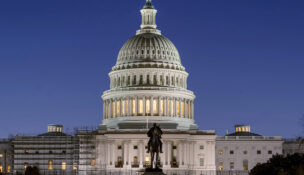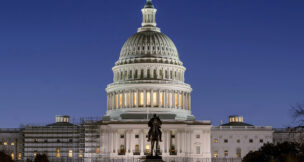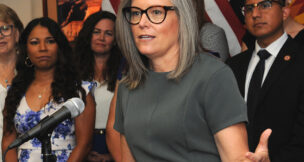Report: over half school districts in state spent less in classroom instruction
Howard Fischer, Capitol Media Services//March 2, 2023//[read_meter]
Report: over half school districts in state spent less in classroom instruction
Howard Fischer, Capitol Media Services//March 2, 2023//[read_meter]
More than half the school districts in Arizona spent a smaller percentage of their dollars in classroom instruction in the last school year than the year...

















